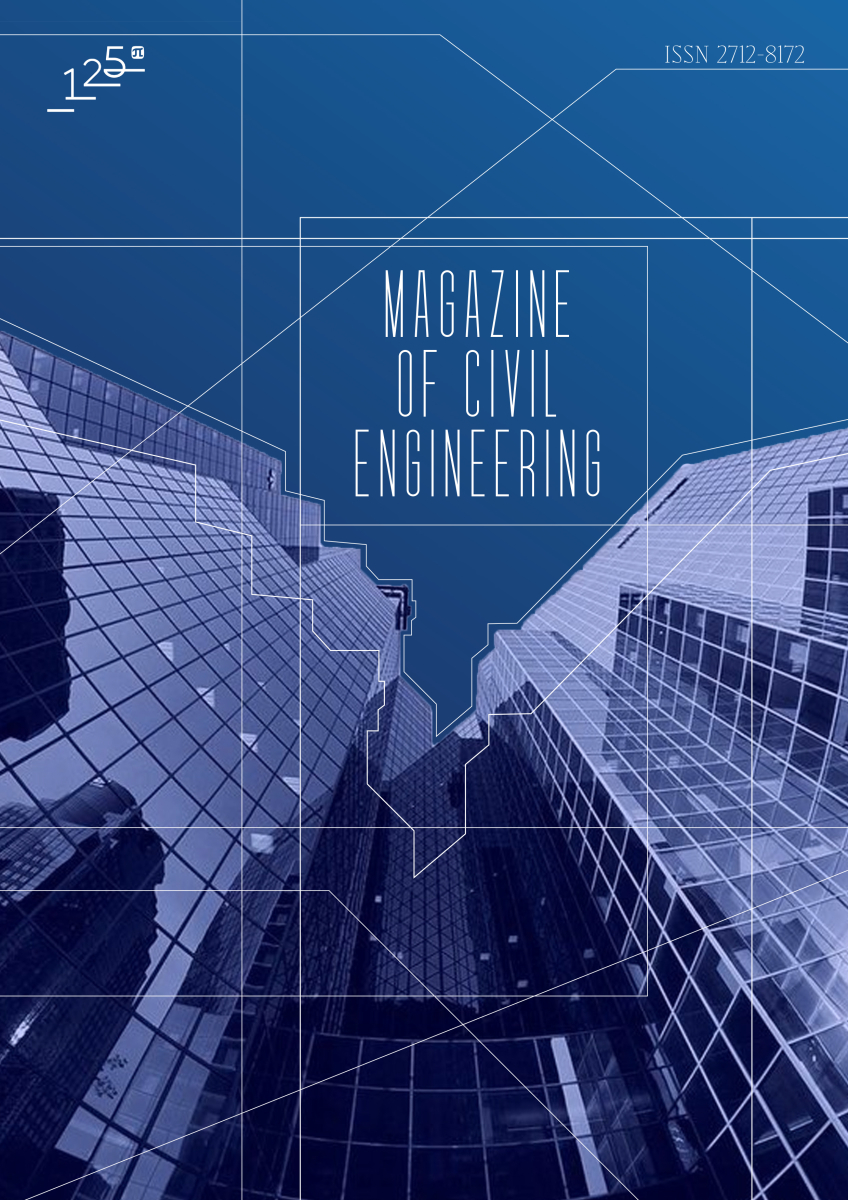Axial capacity and ductility of reinforced concrete columns with strip plate steel and conventional stirrup reinforcements
A column is a vertical structural element that transmits loads to the foundation and is required to withstand a variety of loads. The incorporation of reinforcing bars serves to enhance the axial capacity and mitigate the risk of sudden collapse of the column. The potential use of alternative materials for stirrup reinforcement represents a topic of significant interest within the academic community. Prior research has demonstrated that the stirrup reinforcement ratio exerts a significant influence on the strength and ductility of concrete. Specifically, higher ratios have been shown to lead to enhanced performance in both of these attributes. This study examined the behavior of core concrete in reinforced concrete columns with varying types of reinforcing bars, including 3×25 mm, 3×30 mm, 4×25 mm strip plate steel, and 10 mm diameter deformed conventional stirrups. A total of thirteen columns were tested until collapse in order to evaluate a number of factors, including column shortening, peak axial load, column stress, reinforcement and core concrete strain, and a comparison of theoretical and actual confined core concrete compressive strength. The study demonstrated that the incorporation of strip plate stirrups in reinforced concrete columns exerted a marginal influence on the column’s axial capacity. The columns reinforced with conventional stirrups exhibited enhanced peak axial load, column stress, and restraint strength, accompanied by a reduction in column shortening. Conversely, the columns with 3×30 mm strip plates demonstrated superior ductility. An elevated stirrup reinforcement ratio was observed to enhance the compressive strength of confined concrete, although a discrepancy was noted between the theoretical calculations and the actual values.


